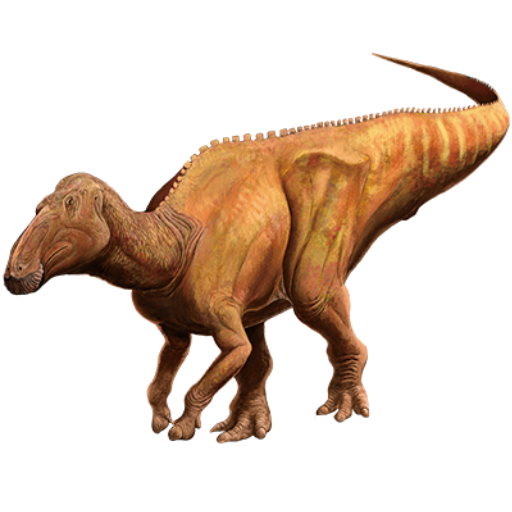The Versatile Duck-Billed Dinosaur
Edmontosaurus was a large, herbivorous dinosaur that lived during the Late Cretaceous period, around 73 to 66 million years ago.

| Meaning | Edmonton lizard (named after Edmonton, Alberta) [Edmonto-saurus] |
| Pronunciation | ed-MON-toh-SORE-us |
| When: | Late Cretaceous (about 73–66 million years ago) |
| Where: | North America (USA, Canada) |
| What: | Hadrosaur (duck-billed herbivorous) |
| Weight: | Estimated around 4 metric tons |
| Length: | Approximately 12 meters (39 feet) |
| Diet: | Herbivorous (ate plants and leaves) |
| Discovered: | First described by Lawrence Lambe in 1917 |
Named after Edmonton, Alberta, where its fossils were first discovered, Edmontosaurus is one of the most well-known and extensively studied hadrosaurids, or duck-billed dinosaurs.
Measuring up to 12 meters (39 feet) in length and weighing around 4 tons, Edmontosaurus had a broad, flat snout resembling a duck’s bill.
This distinctive feature helped it efficiently graze on a variety of plants.
Its jaws contained hundreds of tightly packed teeth that were continually replaced, perfect for grinding tough vegetation.
Edmontosaurus was a social dinosaur, likely living in large herds that provided protection against predators like Tyrannosaurus rex.
Fossil evidence suggests that Edmontosaurus migrated in search of food and suitable nesting sites, much like modern-day herbivores.
One of the most fascinating discoveries related to Edmontosaurus is the presence of well-preserved skin impressions, showing that it had a pebbly, scaly texture.
